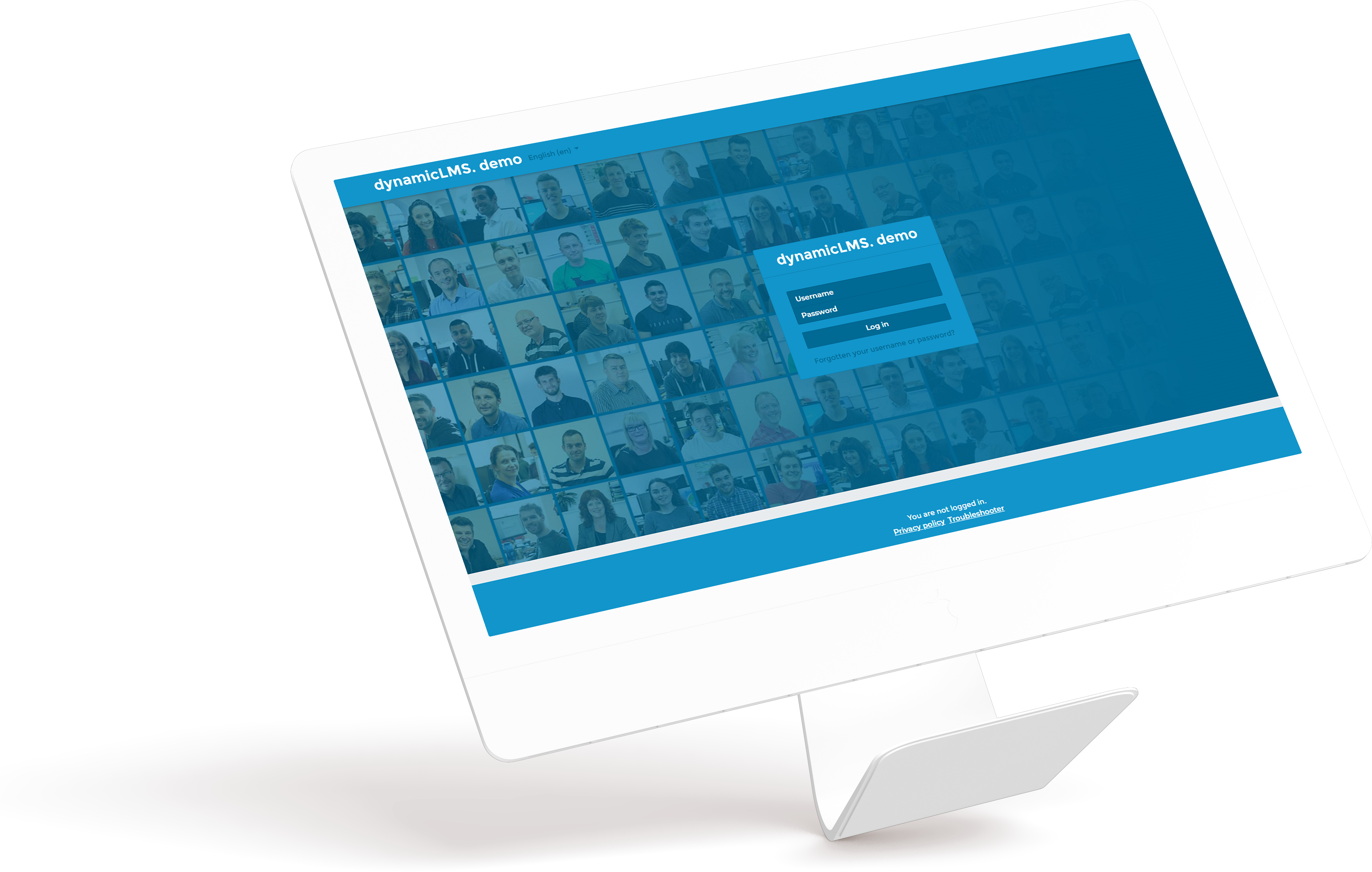Dynamic. Dominic Rogerson.

14 July 2021
Developing elearning solutions – it’s all in the planning (part 2)
In a previous post on successfully developing elearning solutions, we looked at the initial planning stage. The things to consider when you’re identifying and exploring the learning need and determining what the ideal elearning learning solution will be.
With the learning objectives, content headlines and budget defined, an ideal or preferred approach will feel like it’s starting to take shape. But, there’s a bit more planning to do before any scripting or development work should start – we now need to be thinking about the learner experience; the look and feel of the digital learning solution (and its deployment).
1.
Branding your digital learning solution
Has your organisation defined a set of brand guidelines? Then the overall look and feel of the digital learning solution will almost certainly need to align with those. And if you’re working with an elearning agency, you should share a copy of the guidelines with them.
Don’t have defined brand guidelines? Or do but you’ve some creative wriggle room? Then now is the time to think about things like the colour schemes, font type, logos, icons, etc. These will be used throughout the digital learning solution.
Getting Learner Experience Design right (LXD) means thinking about a whole host of factors. And that’s from an instructional design, neuroscience and pedagogical perspective. But don’t worry, a good elearning company will support you with this.



2.
Tone of voice
Tone of voice refers to the style of language that’ll be used to convey all content. And that’s whether it’s on-screen text or audio and video. Generally speaking, this will usually need to reflect your organisation’s culture, values and beliefs.
Many organisations adopt a corporate tone of voice that can feel a bit stiff. But remember that learning content is essentially just communication with another human being. And when it’s digital, the absence of a trainer means that the language needs to be kept personable and relatable.
The average reading age in the UK is also currently considered to be that of an 11-year-old. So try to avoid jargon and overly verbose language. If you’re open to a little humour, use it. Humour can really help reinforce or break up the stream of information, to make it more digestible.
3.
Storyboard your digital learning solution
We introduced storyboarding in the previous post as a great tool to help in the initial planning stages. And it’s just as useful now. Revisit your storyboard and start fleshing it out. Chunk up the content into sections, scenes and frames. Then start mapping high-level detail in.
Artistry doesn’t matter at this stage. Beef it up in whatever way works for you and your project or stakeholder group. Quick sketches and doodles to illustrate or headline bullets to describe how each piece of content could, or needs, to look and feel.
Remember, great elearning storyboards will be referenced by everyone involved in the project. This ensures that all contributors are on the same song sheet and able to easily identify what they need to produce, design or contribute.


4.
Get interactive
Consider how you’ll use interactions throughout the digital learning solution. Interactions are a great way to keep your learners engaged and they can enable content to be drip-fed to avoid your learners being met with walls of heavy text.
The extent and style of viable and appropriate interactions will often be determined by the nature of the content. Not to mention the intended format of your digital learning solution. Select-to-reveal, accordion or carousel, drag and drop, branching decision points, questions and quizzes—are all up for consideration.
There is a fine balance in use, however. Overuse of interactions can make the learner experience feel heavily tap or click orientated. This can frustrate and disengage. A good elearning company will help ensure you strike the perfect balance.



5.
Deployment and implementation
Think about how you’ll later deploy the digital learning solution to make it available to your learners. This will influence and affect the development stage of the project. You’ll also need to consider the needs of your audience and your organisational requirements. This will help you determine the right deployment platform for the digital learning solution.
Typically, digital learning will be deployed via a Learning Management System, if your organisation has access to one. This enables its assignment to your learners and any subsequently required completion tracking data and reporting.
Alternatively, where specific assignment and tracking isn’t necessary (or in the absence of access to a Learning Management System), deployment might be to a website or intranet. Or other online platform, such as YouTube or Vimeo, for standalone video content.
Here at Dynamic, we can build a bespoke Learning Management System for your organisation. Or you could opt for something like our very own dynamic LMS. If you’d like to find out more, don’t hesitate to get in touch.

6.
Learner devices
Think about what devices your learners will need, or want to use to access the digital learning solution. PCs and laptops are standard. But in an increasingly digital on-the-go society, being able to access mobile friendly digital learning content will grant greater reach and flexibility to your learners.
It’d be worth giving a little more thought to your planned content if mobile phones will be used. That’s because the learning solution will scale down to the smaller screen siz. And this could limit or restrict the suitability and practicality of some elements.



7.
Timescales
An obvious critical (but sometimes late considered) factor that your planning needs to accommodate is your desired timescales. When does the learning solution need to be implemented by?
Your desired format of the digital learning solution will play a part. As will the volume and complexity of its content and how this will be best presented. This will all influence how long the project will take to reach completion.
A well thought-through project plan is a must. And it’d be wise to spend time identifying and engaging the wider stakeholder group during your planning stages. This ensures that it’s on their radar and that they’ve the right capacity at the right times.
8.
Maintaining your digital learning solution
In an uncertain world, one thing is always certain; change. Invariably, at some point post-implementation, the likelihood is that the digital learning solution’s content will need to be updated. This might be in response to, for example, a change in process, policy—or even branding.
Is the learning solution is planned for longer-term and/or ongoing use? Then it’s worth considering which job role or team will be responsible for maintaining the content integrity, should the future need arise.
Partnering with a good elearning company can pay dividends, massively. They’ll be ideally placed to provide ongoing ad hoc support when given the nod. This helps with ensuring your digital learning materials are up to date—always.

The bottom line when developing elearning solutions
So, as we mentioned in the previous blog, developing a digital learning solution that’ll have impact and deliver the required learning outcomes is all in the planning.
At Dynamic, we’ve over 20 years’ experience in digital learning design, development and implementation. Maybe you’re considering a digital learning solution but aren’t sure where to start. Perhaps you have a load of questions or could just do with the perfect elearning company to get the job done, please don’t hesitate to get in touch!
